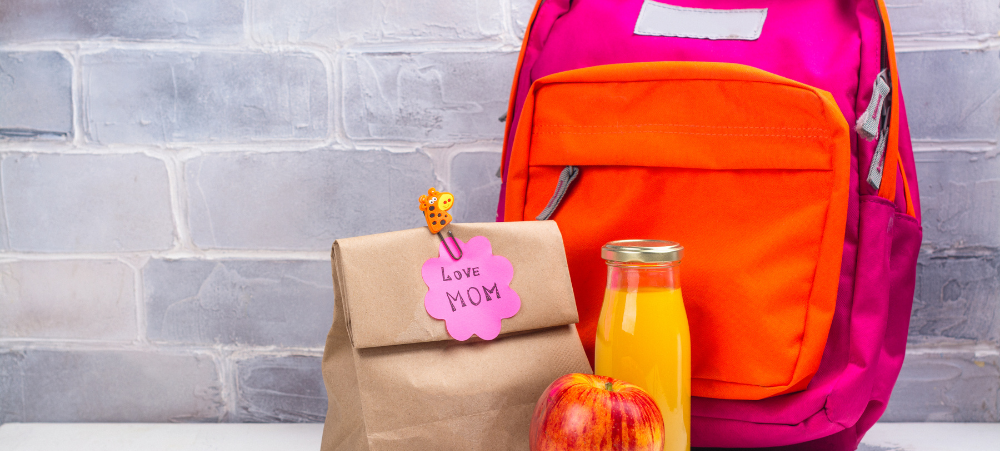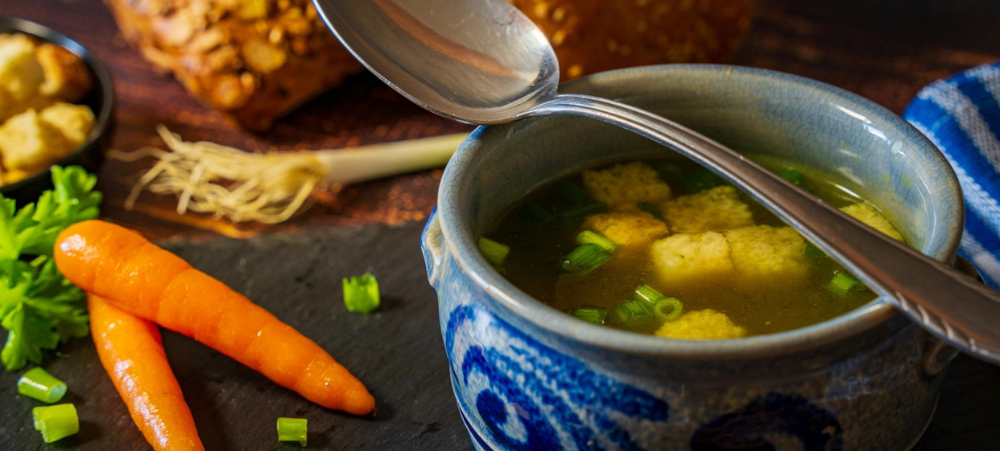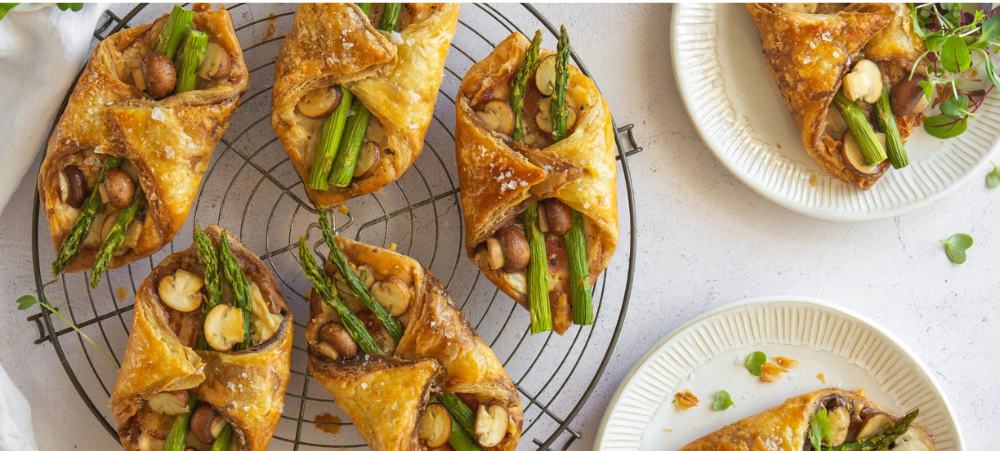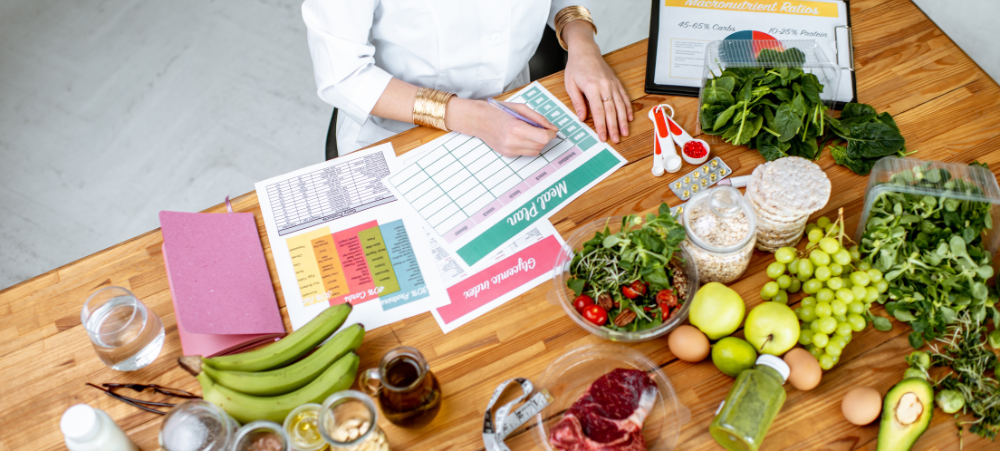Getting back into the school routine doesn’t have to be painful. With some basic planning and organising habits, you can beat the weekday morning blues and get the kids off to school with a smile and a wave. If you do just one thing this year to make the kid’s school life easier on you, consider mastering the healthy lunchbox. It’s easier than you think.
Registered dietitian, Reabetjoe Mokoko aka Rea-TheCookingDietitian, says, “Lunchbox packing can be overwhelming, especially with the hectic weekday schedules most parents have. However, school snacks and lunches are important as they help to fuel kids, giving them the energy they need to get through the school day. Research shows that kids who are well-nourished can focus better and are able to perform at their peak academically and at sports. Packing healthy lunchboxes also contributes towards building healthy eating habits in kids. Remember that fresh vegetables and fruit are your best friends when it comes to filling up a lunchbox with goodness. We’re lucky to start off the school year with delicious stone fruit in season, which can be added whole to the lunchbox. Look out for yellow cling peaches and firm nectarines, as well as plums and apricots because these fruits will travel well, and they are always favourites with kids.”
Rea points out that the key is to plan and prepare in advance as much as possible on the days that are less busy. She says, “Buy fruit and vegetables on a Sunday, then wash and chop them up in advance. Snacks such as nuts, popcorn and pretzels can also be pre-packed in advance. Pack lunchboxes the night before school so that you can lessen the morning rush of trying to get the kids ready on time while also preparing their breakfast.”
With most families on tight monthly budgets due to the ongoing economic downturn, it’s important to focus on packing healthy lunchboxes that are affordable. One cost-saving, time-saving hack is to cook a bit extra at suppertime so that you have tasty leftovers that can be used for school lunchboxes. Rea says, “Portions of leftover pasta, lentil or rice dishes can easily be included in lunchboxes or extra chicken can be used to make a chicken salad sandwich. Many leftover dishes work well in a wrap or pita bread with a bit of fresh salad such as grated carrot and chopped tomato. Instead of buying pre-packed small snacks such as nuts, peanuts, and pretzels, buy the cheaper bulk packs of the healthier snacks and portion them into smaller packets at home. I also always advise to pack fresh fruit that is in season, not only are they more affordable but they also have a higher nutritional value.”
So, what does a healthy lunchbox include? Rea says, “Every day, choose a variety of easy to eat foods that your kids enjoy from all the different food groups. Include fresh fruit and vegetables, healthy proteins such as peanut butter and eggs, whole grain starches such as brown bread, and dairy such as low-fat yoghurt, cottage cheese and cheddar. If you need to add fats in your preparation, use a healthy fat such as olive oil.”
Rea’s Five Key Tips when it comes to lunch box packing:
1. Involve your kids from the planning to the preparation.
2. Keep it fresh and healthy, limiting highly processed foods.
3. Always include a variety of fruit and vegetables.
4. Limit unhealthy foods that offer no nutrition such as fried fatty foods and items high in sugar and salt such as sweets and crisps.
5. Avoid packing fizzy drinks and opt for low calorie beverages such as milk and water.
It helps to have a small repertoire of wholesome recipes that you can use to add healthy, homemade foods to your kids’ lunchboxes.
Try these back-to-school lunchbox recipe ideas from Juicy Delicious:
Nectarine and Smoked Chicken Lunch Box by Jenny Morris

Quick and Easy Nectarine Cookies by Jenny Morris
Porky Plum Balls by Jenny Morris
Peachy Granola Bars by Lolene Krige
 Follow @juicydelicioussa on Instagram or visit www.juicydelicious.co.za
Follow @juicydelicioussa on Instagram or visit www.juicydelicious.co.za
Choosing a lunchbox
Choose an affordable, quality lunchbox and water bottle for each child, such as the Addis BPA free, On-The-Go food storage range and re-usable hydration bottles. Addis is a proudly South African brand producing innovative, quality plastic products for over 100 years. BPA, bisphenol A, is an industrial chemical commonly used in plastics that may have health impacts on children, so it’s important to go with BPA free options.
We understand that there are many aspects that encompass a Mother, Father or Child and strive toward providing resources and services that accommodates this.
Our content is aimed to inform and educate families on issues starting from pregnancy through to the challenges of the teen-age years.
- The Benefits of PLAYMOBIL – Through the Eyes of a Qualified Play Therapist - December 2, 2025
- How The Elf on the Shelf Makes School Breaks Easier, Happier, and a Little More Magical! - December 1, 2025
- Tips for Breastfeeding in Public: Confidence and Comfort - November 20, 2025







